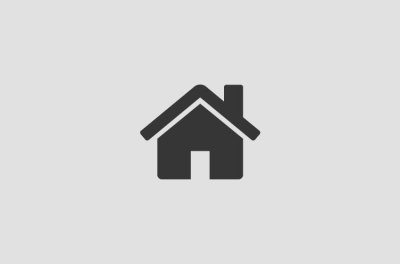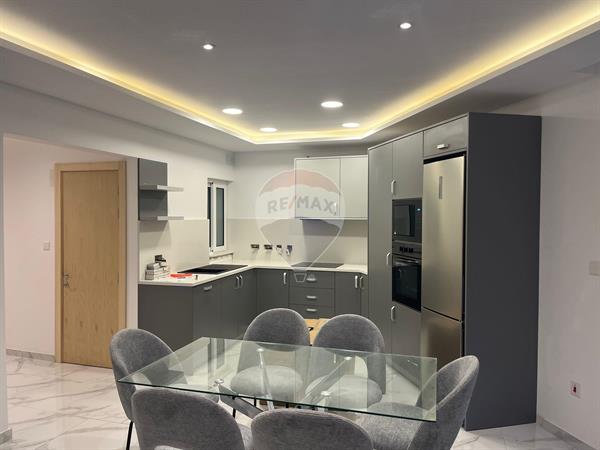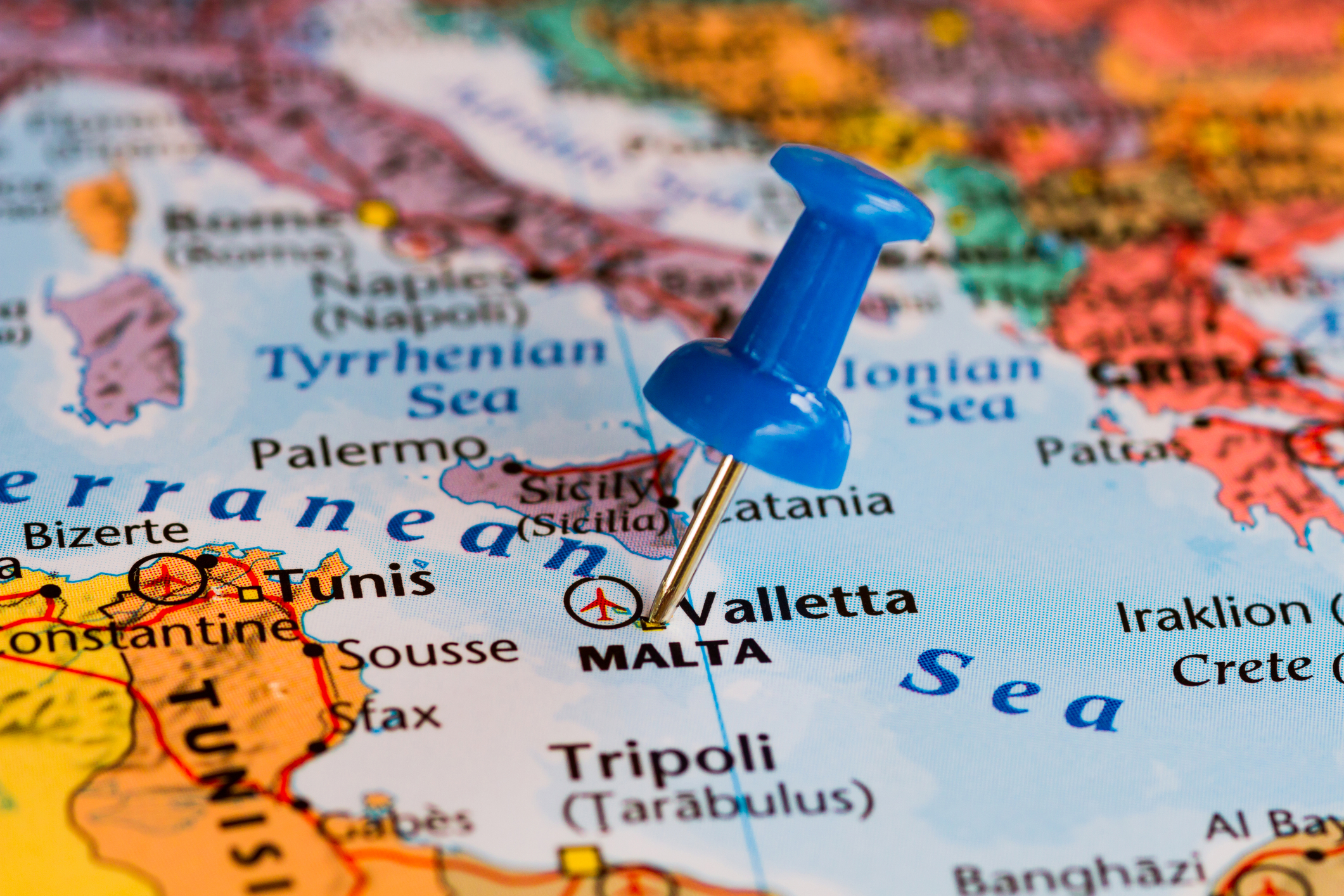 Overview of Malta’s rental market
Overview of Malta’s rental market
Malta’s rental market has been experiencing significant growth over the past few years, driven by a combination of factors including a booming economy, an influx of foreign workers, and a thriving tourism sector. This has led to a diverse range of rental properties becoming available, catering to various budgets and preferences.
The demand for one-bedroom apartments is especially notable, as they provide a perfect balance for singles, couples, and even small families looking for a manageable living space. While the increase in demand has led to higher rental prices, it has also spurred property owners to upgrade their offerings, resulting in a higher standard of living.
One of the unique aspects of Malta’s rental market is its blend of new and traditional properties. Prospective renters can choose from modern, fully-furnished apartments with state-of-the-art amenities or opt for charming, older residences that showcase Malta’s rich history and Mediterranean architecture. Many landlords offer flexible lease terms, including short-term rentals, which appeal to expatriates and digital nomads alike.
Regulations and policies in Malta have evolved to protect both tenants and landlords, fostering a fairer and more transparent rental landscape. The introduction of regulations like the Rent Subsidy Scheme and rent control measures has made it easier and more predictable for tenants to budget their living expenses. Additionally, numerous resources and property market agencies are available to facilitate the rental process, making it straightforward even for those unfamiliar with the local market.
Whether you are looking for a cozy residence in a bustling urban area or a peaceful retreat by the sea, Malta’s rental market offers plentiful options to suit a variety of needs and lifestyles.
Popular neighbourhoods for rentals
When it comes to choosing where to rent a one-bedroom apartment in Malta, several neighbourhoods stand out for their unique characteristics and amenities. Each area offers something different, so it’s essential to consider what you value most in a living environment.
- Sliema: This bustling coastal town is one of the most popular choices for renters. Known for its vibrant lifestyle, Sliema boasts a plethora of shops, cafes, and restaurants. The seafront promenade is perfect for morning jogs or evening strolls, and the area is well-connected by public transport. However, being a prime location, rental prices here can be on the higher side.
- St. Julian’s: Just a stone’s throw away from Sliema, St. Julian’s is famous for its nightlife and entertainment options. This area is ideal for young professionals and expats who enjoy a lively atmosphere. Besides the energetic nightlife, St. Julian’s also offers numerous recreational activities, from beach clubs to cinemas. Rent prices are comparable to Sliema, reflecting its popularity.
- Valletta: As Malta’s capital city, Valletta offers a blend of historical charm and modern conveniences. Living in Valletta means being surrounded by stunning architecture, museums, and cultural landmarks. While apartments here can be smaller and older, the unique character and central location make it a sought-after location. Rental prices in Valletta are generally reasonable, considering its cultural and historical significance.
- Gzira: Located between Sliema and Msida, Gzira is an up-and-coming area popular among young professionals and students. Its waterfront, with views of Valletta, attracts many looking for a relaxed yet accessible neighborhood. Gzira also hosts a variety of cafes, restaurants, and essential services. Rental prices in Gzira are often more affordable than its neighboring localities, making it an attractive option.
- Msida: Close to the University of Malta, Msida is another favourite among students. It’s a bustling area with a youthful vibe and has convenient access to public transport and a range of amenities. Rentals here are often more budget-friendly, and its central location makes it easy to commute to other parts of the island.
- Swieqi: For those looking for a quieter residential area while still being near the action, Swieqi is a fantastic choice. It’s just a short walk from St. Julian’s but offers a more serene environment. Swieqi is characterized by modern apartment buildings and houses, catering mainly to families and professionals. The rental prices here are mid-range, reflecting its residential appeal.
Ultimately, the best neighborhood for you will depend on your lifestyle preferences, and priorities such as proximity to work or school, social life, and budget. Taking the time to explore different areas can help you find a place that truly feels like home.
Average rental prices
When it comes to the cost of renting a one-bedroom flat in Malta, various factors such as location, amenities, and the condition of the property play significant roles. Generally speaking, rental prices for one-bedroom apartments can vary quite widely depending on these factors.
In popular and centralized areas like Sliema, St. Julian’s, and Valletta, rents tend to be on the higher side. Monthly rental prices in these neighbourhoods can range from €800 to €1,500, reflecting their desirability and proximity to amenities such as cafes, restaurants, and public transportation. These areas are particularly attractive to expats and professionals due to their vibrant social scenes and convenience.
On the other hand, neighbourhoods slightly away from the main hubs, such as Gzira, Msida, Birkirkara and Swieqi, generally offer more affordable options. Here, you can expect to find one-bedroom apartments ranging from €850 to €1,200 per month. These areas still provide good access to essential services and amenities, but the quieter atmosphere and more competitive pricing make them popular choices among students and young professionals.
It’s also worth noting that rental prices can fluctuate based on the season. Summer months often see a surge in demand due to the influx of tourists and short-term renters, pushing prices up temporarily. Conversely, searching for a rental during the off-peak seasons like winter might present more negotiating power and lower prices.
The type of apartment—whether furnished or unfurnished—will also impact the price. Fully furnished apartments with modern amenities tend to command higher rents. Additionally, properties offering sea views or luxury facilities such as swimming pools and gyms will generally be more expensive than more modest offerings.
Understanding the average rental prices in Malta can help you budget more effectively and set realistic expectations when searching for a one-bedroom apartment. While prices might seem high in certain neighborhoods, exploring a bit farther afield or being flexible with your requirements can often yield more affordable yet still desirable options.
Tips for securing a rental
Securing a rental in Malta can be a competitive process, especially in high-demand areas. However, there are several strategies you can employ to increase your chances of finding the perfect one-bedroom apartment. Here are some practical tips to help you navigate the rental market effectively:
- Start Early: Begin your search well in advance, particularly if you’re looking to move during peak seasons like summer. The earlier you start, the more options you’ll have and the less pressure you’ll face in making a quick decision.
- Set a Budget: Clearly define your budget before you start looking. Make sure to account for not only the monthly rent but also additional costs like utilities, maintenance fees, and internet charges. Setting a firm budget will help narrow down your options and prevent overspending.
- Use Multiple Resources: Don’t rely solely on one platform or agency. Utilize various rental websites, social media groups, and real estate agents to access a broader range of listings. Some properties might be advertised exclusively through particular platforms.
- Visit Properties: Photos and descriptions can be misleading, so it’s crucial to visit potential rentals in person. This will give you a better sense of the apartment’s condition, the building’s amenities, and the neighbourhood atmosphere.
- Prepare Your Documents: Having your paperwork ready can expedite the rental process. Being prepared can give you a competitive edge, especially when landlords have multiple applications.
- Negotiate Wisely: While some properties have fixed rents, others might have room for negotiation. If you’re willing to sign a longer lease or pay several months’ rent upfront, you might be able to negotiate a lower monthly rate or other favourable terms.
- Check the Lease Agreement: Before signing, carefully review the lease agreement’s terms. Ensure you understand all clauses related to rent, deposit, maintenance responsibilities, and policies on renewal and termination. Don’t hesitate to ask for clarifications if needed.
- Get to Know the Landlord: Establishing a good rapport with your property owner can be beneficial. Open communication can make it easier to address potential issues and requests during your tenancy.
- Consider Sharing: If rental prices in your desired area are beyond your budget, consider sharing a residence. Many one-bedroom apartments have enough space to accommodate a roommate temporarily, reducing overall costs.
- Stay Updated: The rental market can change rapidly. Set up alerts on rental websites and keep in regular contact with property market agents to stay informed about new listings as soon as they become available.
By following these tips and remaining adaptable, you can enhance your chances of securing a great rental that fits both your lifestyle and budget. Happy house hunting!

Studio Flat For Rent
In Cospicua
December january studio masoinette ground floor...

Apartment For Rent
In Ghaxaq
GHAXAQ – Brand new, spacious, bright and modern 3 bedroom apartment. The property offers an open plan kitchen, living...

Apartment For Rent
In Ghaxaq
GHAXAQ – Brand new, spacious, bright and modern 3 bedroom apartment. The property offers an open plan kitchen, living...


